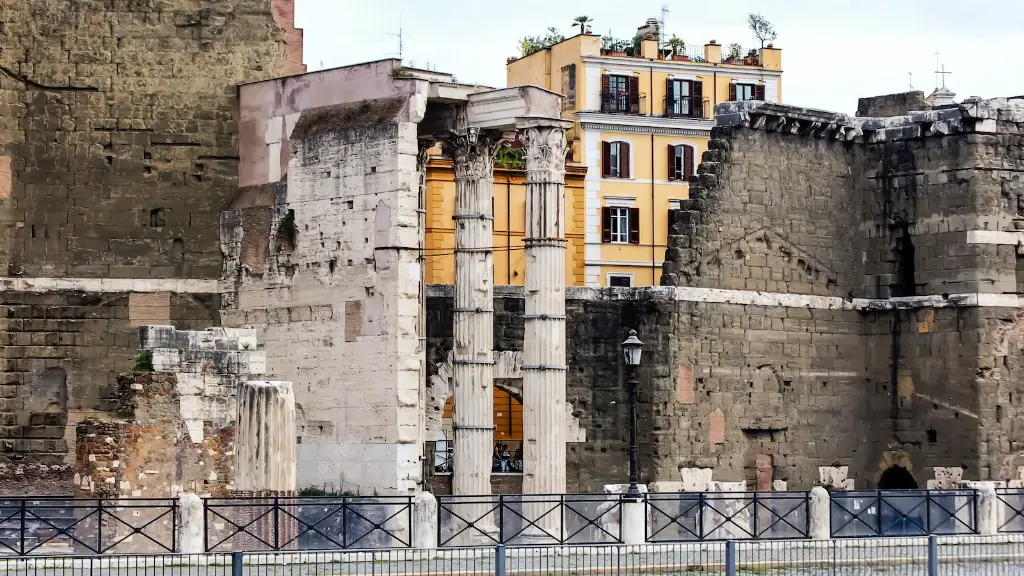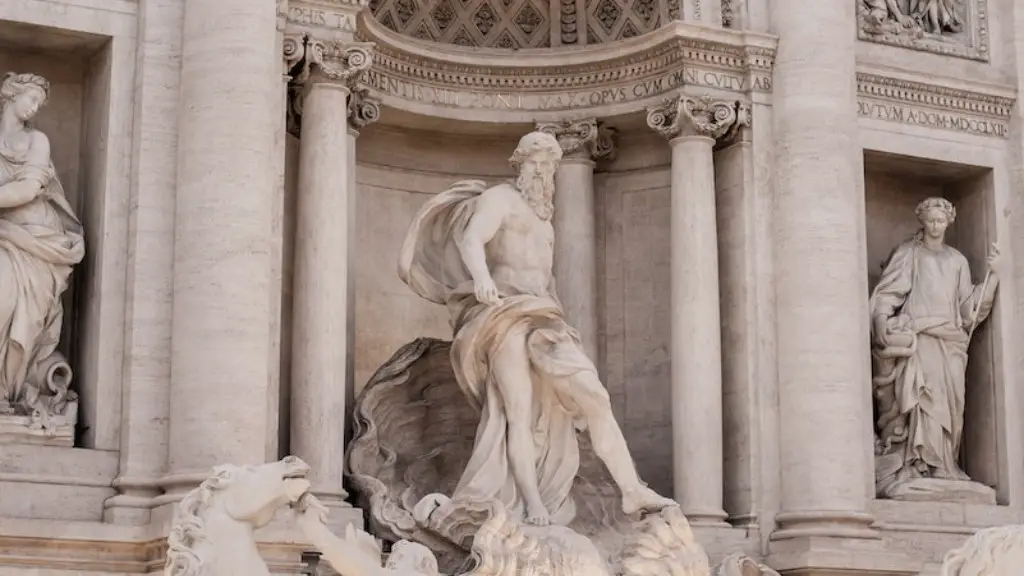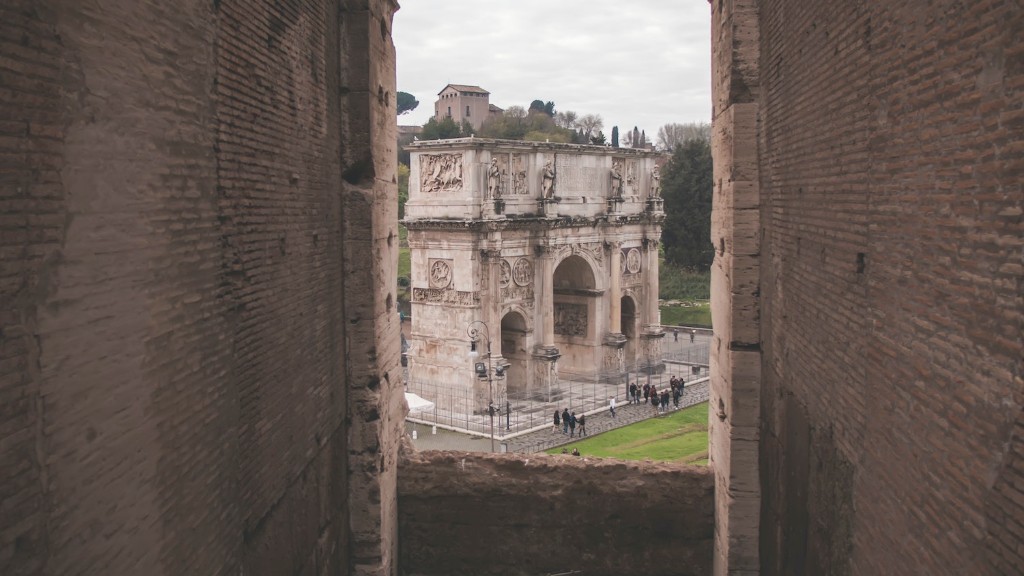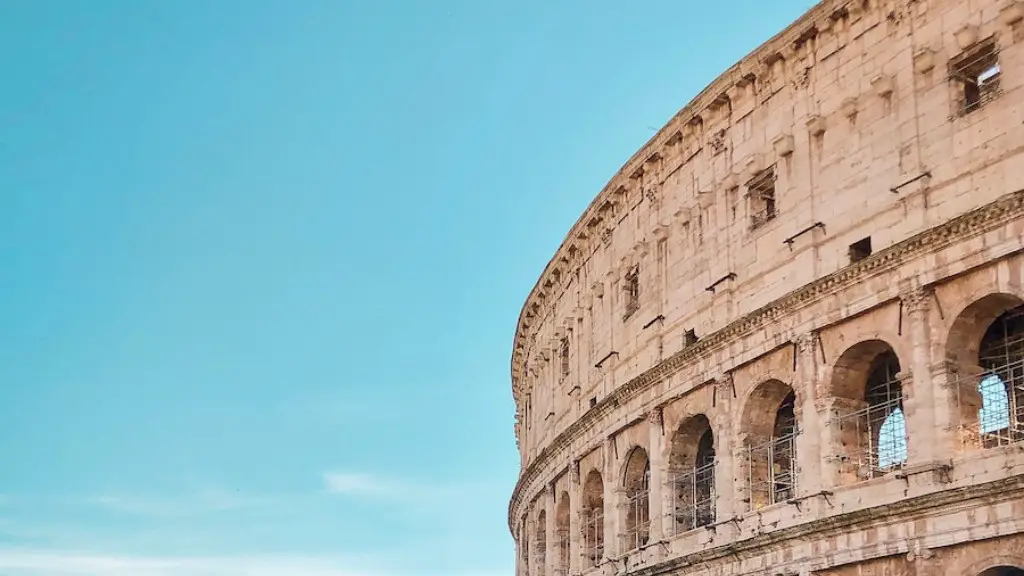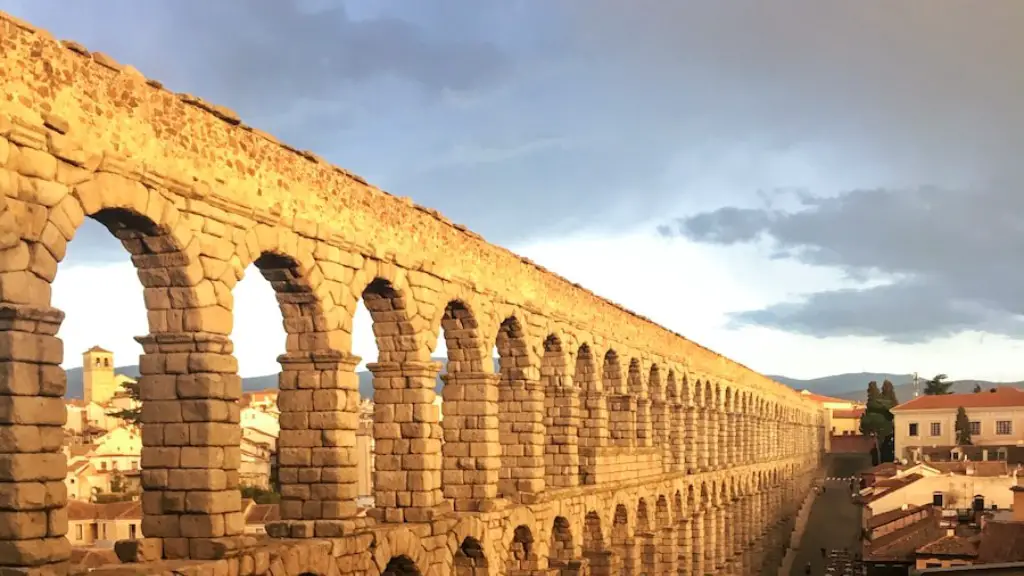Rome is one of the oldest and most influential cities in the world. Its strategic location and rich history have made it a center of power for centuries. Rome’s geographical position played a significant role in its development as a major center of culture and politics. The city is situated on the Tiber River in the central part of the Italian peninsula. The river was a vital source of trade and transportation, and it also helped to protect Rome from invaders. Rome’s location made it a natural hub for trade and commerce, and it also allowed the city to become a major center of politics and culture. The city’s rich history and geographical location have made it one of the most influential cities in the world.
Rome is located in the middle of the Italian peninsula, which offer certain advantages in terms of defense and transportation. The city was also situated close to the Tiber River, which was essential for trade and transportation.
What are three ways geography helped Rome?
Rome’s location was ideal for a number of reasons. It was situated near the center of the known world, making it a prime location for trade. Additionally, the nearby mountain ranges provided protection from potential invaders. The land was also incredibly fertile, which allowed Rome to grow and thrive. Finally, the population was quite diverse, which made Rome an even more attractive destination for people looking to trade or settle down.
Rome’s location was very strategic, being founded on the Tiber River which served as a trade route between northern and southern Italy. Additionally, the city was located across steep hills which made it easy to defend against enemy attacks. These geographical features helped to shape Rome’s development and make it the great empire it became.
How did geography affect where Rome was located
The rich volcanic soil in the Po and Tiber River valleys makes it an ideal location for agriculture. The volcanic ash in the soil near Rome is some of the best in all of Europe, making it a desirable location for new settlers. The Roman population grew quickly due to the agricultural potential, with overproduction of grains, olives, and other cash crops.
Rome’s location was very advantageous for several reasons. The Tiber river allowed access to the Mediterranean, but it was far enough inland that it protected Rome from invasions. The peninsula of Italy allowed trade and transportation to be easy. Rome was also centrally located in the Mediterranean, which made it a perfect place for trade. All of these factors led to the rise of Rome as a major power in the ancient world.
What are the main geographical features of ancient Rome?
Rome was originally built on the banks of the River Tiber and was encircled by seven hills. The seven hills are Aventine, Palatine, Capitoline, Caelian, Esquiline, Quirinal and Viminal. The River Tiber played an important role in the development of Rome as it was used for transportation and trade.
The Italian peninsula is a geographically strategic location that played a significant role in the development of the Roman Empire. The peninsula is located at the center of the Mediterranean Sea, making it a prime spot for trade routes. In addition, the peninsula’s hilly terrain made it ideal for the construction of roads, which allowed the Roman city-states to stay connected. The geographical features of the Italian peninsula were key factors in the development of the Roman Empire.
How did Rome’s geography help protect it?
The Apennine Mountains are a mountain range that runs north to south along the Italian peninsula. These mountains made it difficult for people to cross from one side of the peninsula to the other, which helped to protect Rome from outside attacks. The seven hills that Rome is built on were also protected by the Apennine Mountains.
The city of Rome was founded on Palatine Hill, which is one of seven hills in the area. The hill is located near the last high-banked river crossing of the Tiber River, which made it a strategic location for the city. The hill also has a midstream island, which made it easier to defend.
What is Roman contribution to geography
Eratosthenes of Cyrene was a Greek mathematician, geographer, and poet who is best known for his work in determining the circumference of the earth. He was also responsible for determining the dimensions of the habitable world, the prime meridian, the graticules, and the design of projection. He also made an attempt to divide the earth into climatic zones. His description of the Caspian Sea was particularly accurate.
The Alps ran along the northern border and protected Rome during the winter months. The Apennines cut the Italian peninsula in half, giving Rome needed protection, especially in the early days when Rome was growing and developing an army. Rome was also in a central location in the Mediterranean region. These geographical features made Rome a strategic location for a city-state to develop and become a major power in the ancient world.
What are 3 facts about Roman geography?
The Alps ran along the northern border and protected Rome during the winter months. The Apennines cut the Italian peninsula in half, giving Rome needed protection, especially in the early days when Rome was growing, and developing an army. Rome was also in a central location in the Mediterranean region. This central location made Rome a crossroads for trade and commerce. All of these factors made Rome a very desirable location for early settlers.
Rome was founded in 753BC by brothers Romulus and Remus. It grew to become one of the largest and most powerful empires in history. The Roman Empire was, at its height, the largest political and social structure in the western world.
How did geography help the Romans conquer Italy
The Apennine Mountains are a crucial part of Italian history and culture. They have played a significant role in shaping the country and its people.
The Apennine Mountains run north to south along the Italian peninsula, and their presence has made it difficult for people to cross from one side of the peninsula to the other. This has helped to protect Rome from outside attacks. The seven hills that the city of Rome is built on were also protected by the mountains.
The Apennines have long been a source of inspiration for artists, writers, and musicians. Their beauty and grandeur have captivated the imagination of many.
The Roman Empire was responsible for some of the most important inventions and discoveries in human history. Here are 10 of them that we still use today:
1. Cement – The use of cement dates back to the Roman Empire and it is still one of the most important construction materials today.
2. Sanitation – The Roman Empire was responsible for developing some of the first sanitation systems, which are essential for public health.
3. Roads – The Roman road network was the largest and most extensive in the world, and it was essential for the empire’s trade and military operations.
4. Social care and welfare – The Roman Empire had a surprisingly advanced system of social care and welfare, which included things like free medical care and pensions for the disabled and elderly.
5. Julian Calendar – The Julian calendar, first introduced by the Romans, is still used as the standard calendar in many parts of the world.
6. Elements of surgery – The Roman Empire was responsible for many important discoveries in the field of surgery, including the use of anaesthesia and the development of surgical instruments.
7. Elements of the modern legal system – The Roman legal system was the basis for many of the modern legal systems in use
What was geography in ancient Rome?
Rome is one of the oldest continuously inhabited cities in the world, with a history that dates back over two and a half thousand years. The city began as a small village on the Tiber River in Italy, on a peninsula close to the Mediterranean Sea. The city was also far enough inland to provide some protection from the sea. The Tiber River was a source of freshwater and rich soil, which were both needed to support the development of people, animals, and crops in Rome.
Rome was a perfect location for a civilisation to grow for a number of reasons. One of the most important was the Tiber River which provided freshwater and fertile soil for crops. The most popular crops grown in Rome were grapes, olives and cereal. And of course, the grapes were made into wine, and the olives, oil! This combination of factors made Rome a very prosperous civilisation.
Warp Up
Rome was founded on the Palatine Hill by a man named Romulus in 753 BC. The seven hills of Rome served as natural fortifications against invaders. The Tiber River also provided protection for the city, as it was difficult to cross without a bridge. Rome’s strategic location allowed them to control the trade routes between the Mediterranean Sea and the rest of Europe. This made Rome one of the most powerful and wealthy cities in the world.
The rise of Rome as a world power was due in large part to its favorable geography. Rome was located at the center of the Mediterranean world, making it easy to trade with other cultures and to defended against invaders. The city was also situated near major river systems, which allowed for easy transportation of goods and people. The abundant resources of the Italian peninsula allowed Rome to become a wealthy and powerful empire.
